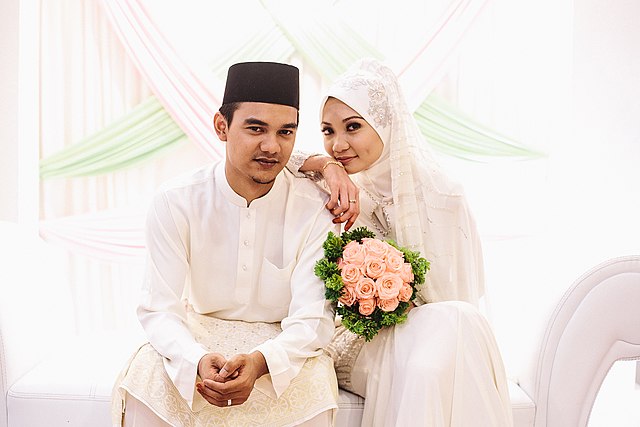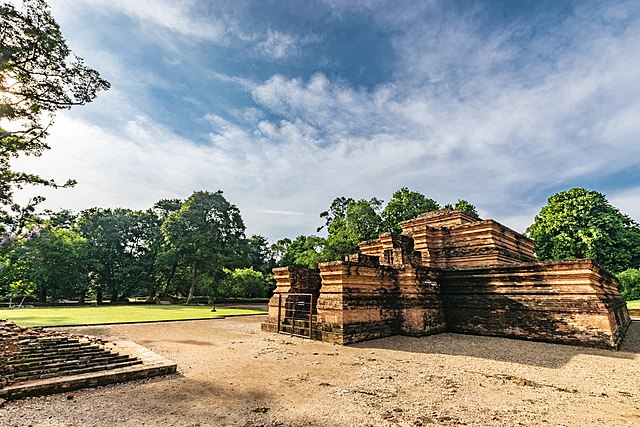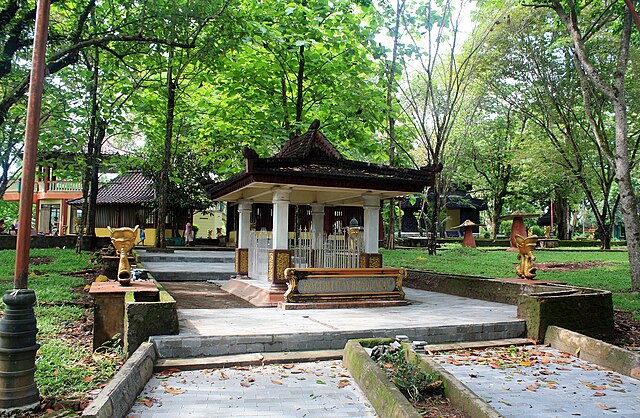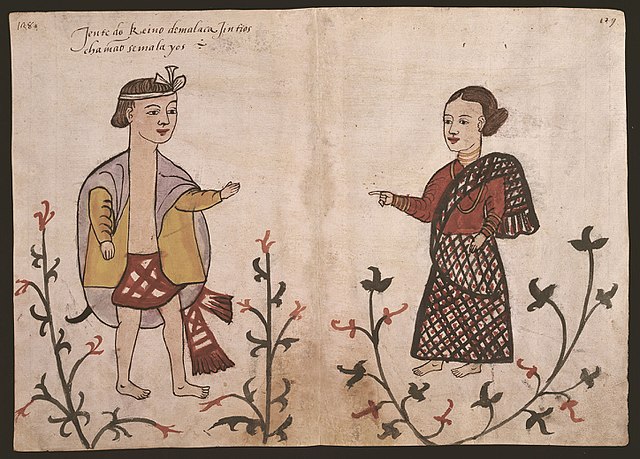Gangga Negara was a semi-legendary Malay-Hindu kingdom mentioned in the Malay Annals. Researchers believe that the kingdom was centred at Beruas and it collapsed after an attack by King Rajendra Chola I of Tamilakam, between 1025 and 1026. According to another Malay annals, the Hikayat Merong Mahawangsa known as the Kedah Annals, Gangga Negara may have been founded by Merong Mahawangsa's son Raja Ganji Sarjuna of Kedah, allegedly a descendant of Alexander the Great or by the Khmer royalties no later than the 2nd century. Raja Gangga Shah Johan was one of its kings.
A photo taken from the National History Museum of Kuala Lumpur. An 8th-9th century bronze standing 8-armed Buddhist Avalokitesvara statue found at Anglo Oriental, Bidor, Perak tin mine in year 1936. 79 cm height.
A 6th century Buddha statues (left) found at Ipoh. A 9th century Hindu priest teacher statue (right) found at Jalong, Perak.
Malays are an Austronesian ethnoreligious group native to eastern Sumatra, the Malay Peninsula and coastal Borneo, as well as the smaller islands that lie between these locations. These locations are today part of the countries of Malaysia, Indonesia, the southern part of Thailand, Singapore and Brunei Darussalam.
A Malay couple in traditional attire after their akad nikah (marriage solemnisation) ceremony. The groom is wearing a baju melayu paired with songkok and songket, while the bride wears baju kurung with a tudong.
Muaro Jambi Temple Compounds in Jambi, historically linked to the pre-Islamic Melayu Kingdom. The Melayu-Srivijayans were known to construct complex building system in its capital, major cities and important urban centres.
Bukit Seguntang in Palembang. According to Sejarah Melayu, the hill recorded the advent of Sang Sapurba, a legendary progenitor for various Malay royal houses in Sumatra, Malay Peninsula and Borneo.
Portuguese watercolour of Malayan people of Malacca, circa 1540, featured in the Códice Casanatense






